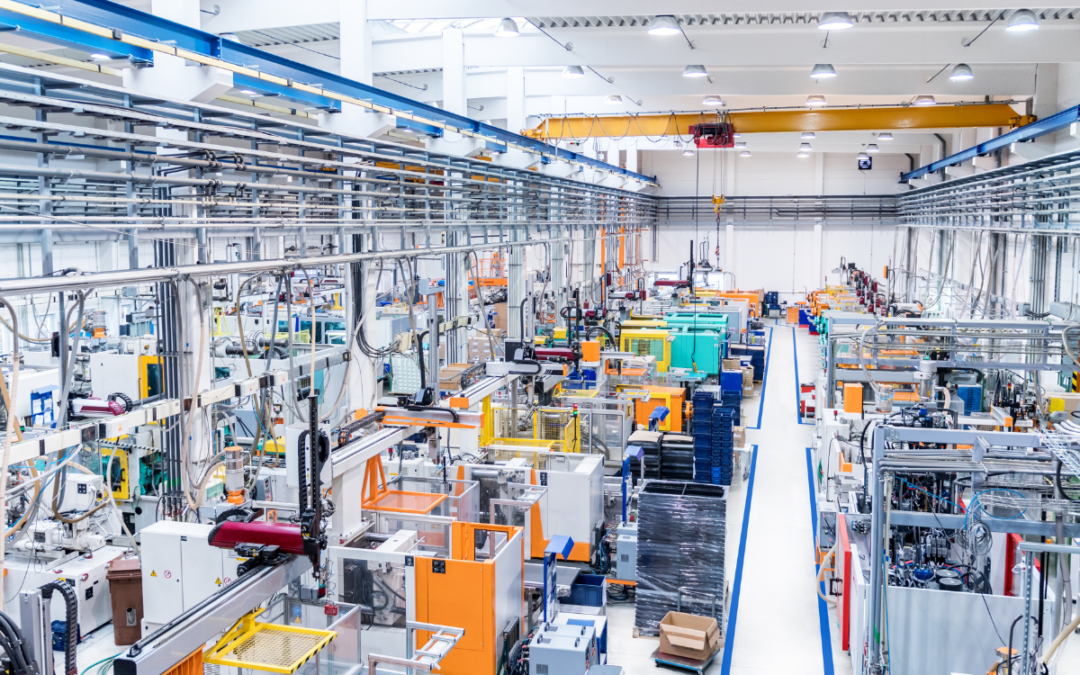While plastics have become an essential part of life, their production and disposal create significant environmental challenges. To address these issues, innovative solutions like Post-Industrial Recycled plastics (PIR) and Post-Consumer Recycled plastics (PCR) have emerged as cost-effective and eco-friendly alternatives to virgin plastics.
Understanding Post-Industrial Recycled Plastics
PIR plastics are produced from waste materials generated during the manufacturing process of plastic products. These waste materials include excess plastic scraps that are collected, processed, and reintroduced into the production cycle. Since PIR materials are obtained from industrial sources, their quality is generally consistent, and they often require less processing compared to PCR plastics.
Advantages of PIR plastics:
- They consume less energy during production as compared to virgin plastics because they skip the extraction of raw materials.
- By using PIR materials, the need for purchasing new raw materials is reduced, which in turn leads to lower production costs.
- Utilizing industrial plastic waste helps to divert significant amounts of waste from landfills, which decreases environmental pollution.
Exploring Post-Consumer Recycled Plastics
PCR plastics, on the other hand, are sourced from plastic products that have reached the end of their useful life and are collected from recycling programs. These materials undergo a recycling process to be cleaned, sorted, and transformed into usable resins. While the quality of PCR plastics might vary based on the collection and sorting process, advancements in recycling technology have significantly improved the quality and consistency of these materials.
Advantages of PCR plastics:
By using PCR plastics, the demand for virgin materials decreases, conserving natural resources and reducing environmental impact.
- By using PCR plastics, the demand for virgin materials decreases, conserving natural resources and reducing environmental impact.
- PCR production emits fewer greenhouse gases compared to the production of virgin plastics, aiding in the fight against climate change.
- Promoting the use of PCR plastics supports recycling initiatives and encourages consumers to recycle their plastic waste.
The Role of PIR and PCR in the Circular Economy
The circular economy is an economic model that aims to minimize waste, maintain the value of products, and regenerate natural systems. PIR and PCR plastics play a crucial role in this model by extending the life cycle of plastics, reducing waste generation, and minimizing the need for new raw materials. By integrating PIR and PCR plastics into the production process, companies actively participate in the circular economy and contribute to a more sustainable future.
As the world recognizes the pressing need to reduce plastic waste and its environmental impact, PIR and PCR plastics have emerged as promising alternatives to virgin plastics. By diverting plastic waste from landfills, conserving natural resources, and promoting the circular economy, PIR and PCR materials offer a cost-effective and sustainable path towards a greener future. Contact Next Generation Plastics today at (330) 668-1200 or [email protected] to learn more about PIR and PCR plastics.


Recent Comments